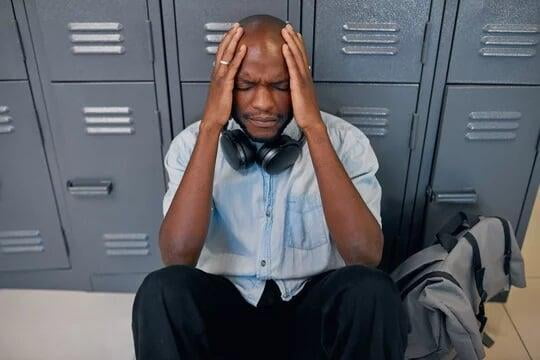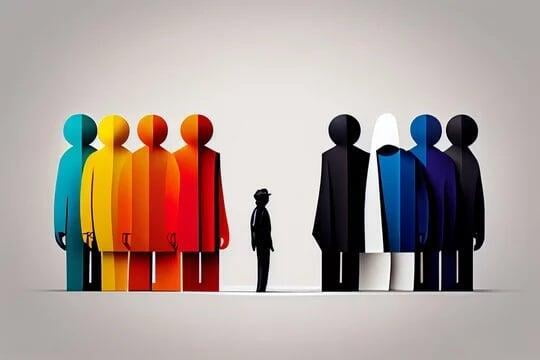Let's be Candid - Series 1
As we start the year, I will be presenting a series of blogs in which we discuss micro aggressions; what the term means and the impact they have on individuals, teams and an organisation. We also look at how micro aggressions can be identified and addressed. Very importantly, we look at how we can be self-aware and stop ourselves from displaying micro aggressions.
As a MERL practitioner, you have to work with people from different cultures, with different values, languages, and beliefs, not only as colleagues or stakeholders, but also the individuals, the communities or the population groups from which we gain deep insight for improving our society. In a lot of instances, these groups are minority groups or marginalised in one way or the other. Sometimes we may be the one perceived to be in the minority or marginalised. And because we are different, people that do not understand us may not like how we express ourselves and they demonstrate this not as a direct dislike, tribalism or racism but through micro aggressions.
What are Microaggressions?
- Microassaults are conscious and intentional discriminatory actions, such as using tribal or racial epithets, then saying, “I was just joking.”
- Microinsults are verbal, nonverbal, and environmental communications that subtly convey rudeness and insensitivity that demean a person’s heritage or identity, such as asking a co-worker how they got their job, implying that they would otherwise not be employed if not for affirmative action or a quota system.
- Microinvalidations are communications that subtly exclude, negate or nullify the thoughts, feelings or experiential reality of another person, such as when an individual’s food choices are disdained or looked down on.
There are several types of microaggressions:
- Verbal microaggressions are voiced statements that express microaggressions. For instance, making statements like:
- Behavioural microaggressions are demonstrated in unappealing behaviour: such as mistaking a person from a minority or a marginalised group in a community, at work or in a store for a cleaning staff member, delivery person, etc.; assuming the competence of people whose first language is not English to be low; mispronouncing a non-Anglo name after being corrected multiple times or giving someone a nickname without their permission because you are uncomfortable saying their full name
- Environmental microaggressions are deliberate patterns that entrench bias for instance:
- Paying men more than women for the same job
- Creating an environment that does not plan for employees with disabilities (seen and unseen) in meetings or at work events.
- Resisting accommodations for those who are hearing impaired
- Not supporting people of from minority or marginalised groups to advance into leadership roles
- Not recruiting people of different races, cultures or religions in leadership roles
“You’re so articulate” – If from a place of bad intention, this is not a compliment but usually means “I didn’t think you would be this articulate.
These actions are typically rooted in biases or prejudices, and though seemingly harmless, they can have significant negative impacts on individuals, teams, and organisations.

Why are microaggressions important?
Microaggressions can cause emotional distress, self-doubt, and decreased self-esteem in individuals. They can lead to feelings of exclusion, isolation, and a sense of not belonging, resulting in increased stress and decreased motivation. Examples in which micro aggressions are demonstrated are by continuously mispronouncing a person's name because “it's too hard” to say correctly.


